
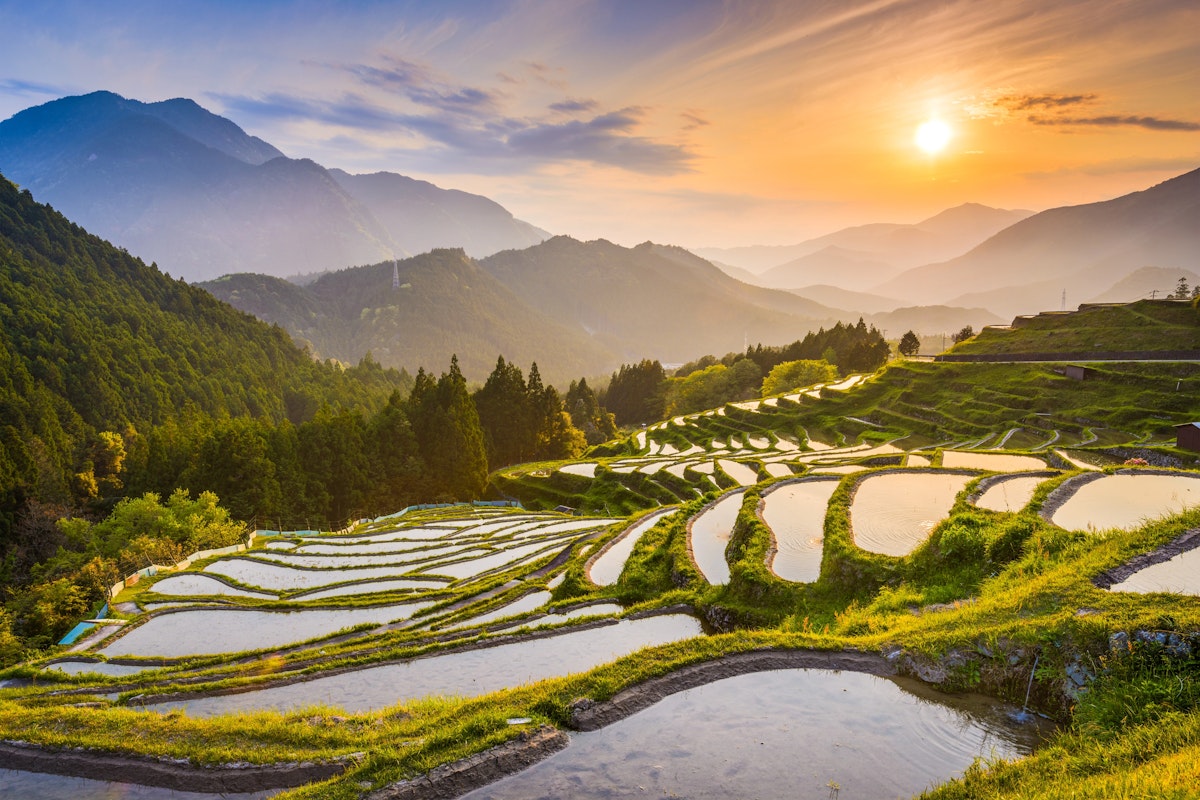
日本は古代の寺院、桜、賑やかな街並みだけではありません。この国の高い山々は、世界で最もスリリングなアドベンチャースポーツのいくつかを提供します。
日本アルプスでパウダーを滑り、剣岳の上を飛び回り、 上高地地域をハイキングすることで、日本の山々はアドレナリンを使わせます。劇的な山々、活火山、手付かずの国立公園、曲がりくねったハイキングコースが広がる日本の山岳地域、特に中央本州は、訪れる人々に自分の限界を試すよう誘います。
このブログポストの次の旅行では、スキーからパラグライディングまで、日本の山々で楽しめるトップ5のアドベンチャースポーツを探ります。さあ、アドベンチャー満載の旅に備えましょう!
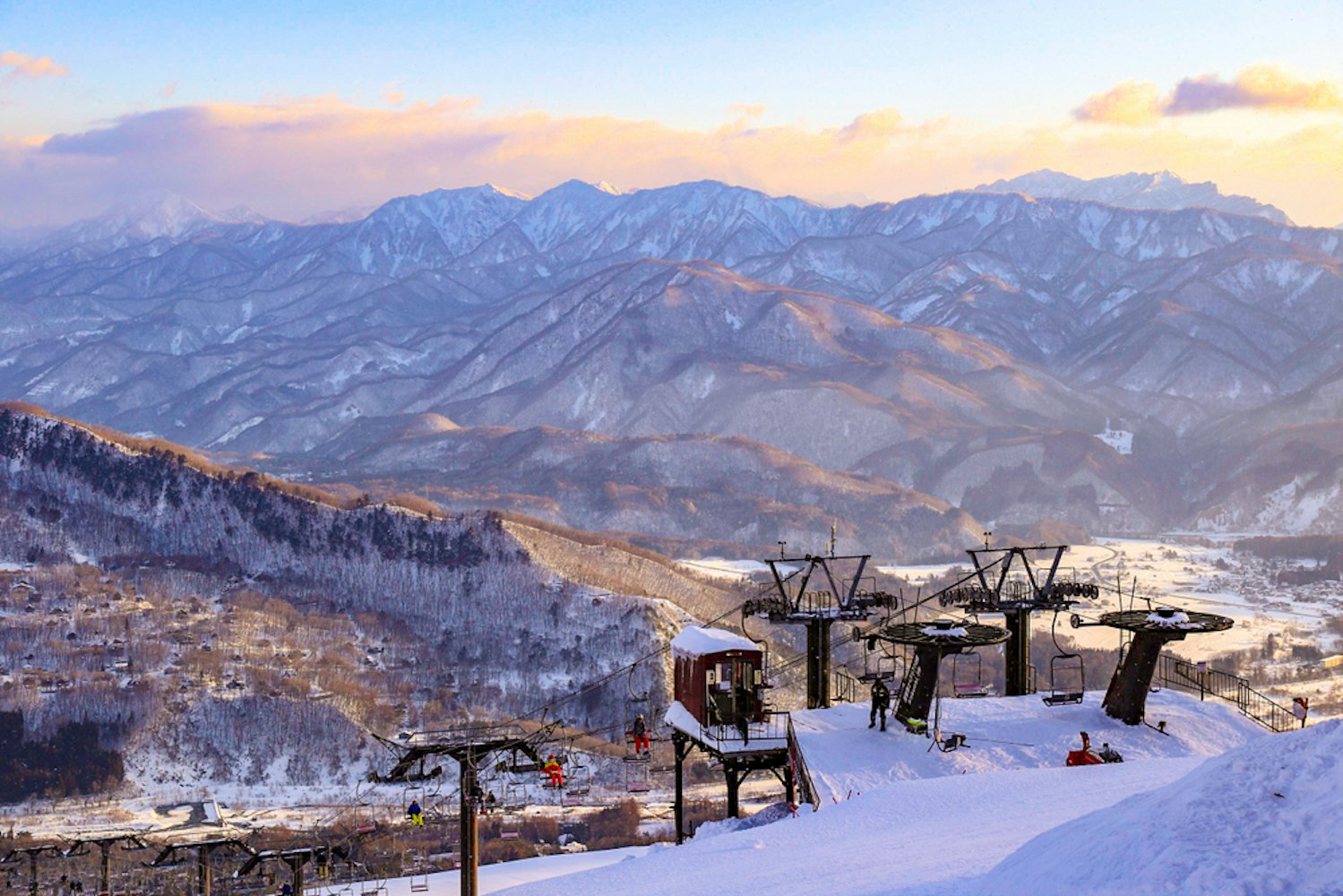
日本の独自の気候は、寒冷なシベリアの風が太平洋からの湿った空気と出会うことで、生み出される軽くて乾いたパウダースノーを作り出します。愛好者たちはこれを「ジャパウ」と呼びます。北アルプスと中央アルプスは一貫して雪が降り続け、初心者と上級者のスキーイーターにとって夢のようなデスティネーションです。
白馬バレーや野沢温泉のようなリゾートは、世界クラスのスロープと没入型の文化体験を提供し、長い一日の後にリラックスできる伝統的な温泉があります。急なバックカントリー地形に挑む場合でも、完璧に整備されたコースを滑る場合でも、日本でのスキーは一流のウィンタースポーツと息をのむような風景、そして揺るぎない伝統を融合させます。日本のトップスキーリゾート:
(長野)志賀高原(長野)
野沢温泉
(長野)ニセコ
(北海道)妙高高原
(新潟)日本でのスキーのヒント:早めに予約する

新潟の小出スキーリゾートでスキーのスリルを発見しよう!
地元でギアをレンタルする:多くのリゾートでは高品質のレンタルがあり、かさばる機器を持ち歩く手間を省けます。
公共交通機関を利用する:多くのスキーリゾートには
新宿駅と長野のバス接続があります。バックカントリーツアーを検討する:本当に忘れられない体験のために、ガイド付きのバックカントリーツアーで混雑したスロープを超えたところに連れて行ってくれます。
日本の最高峰でのハイキングとトレッキング徒歩で探索するのが大好きな人のために、
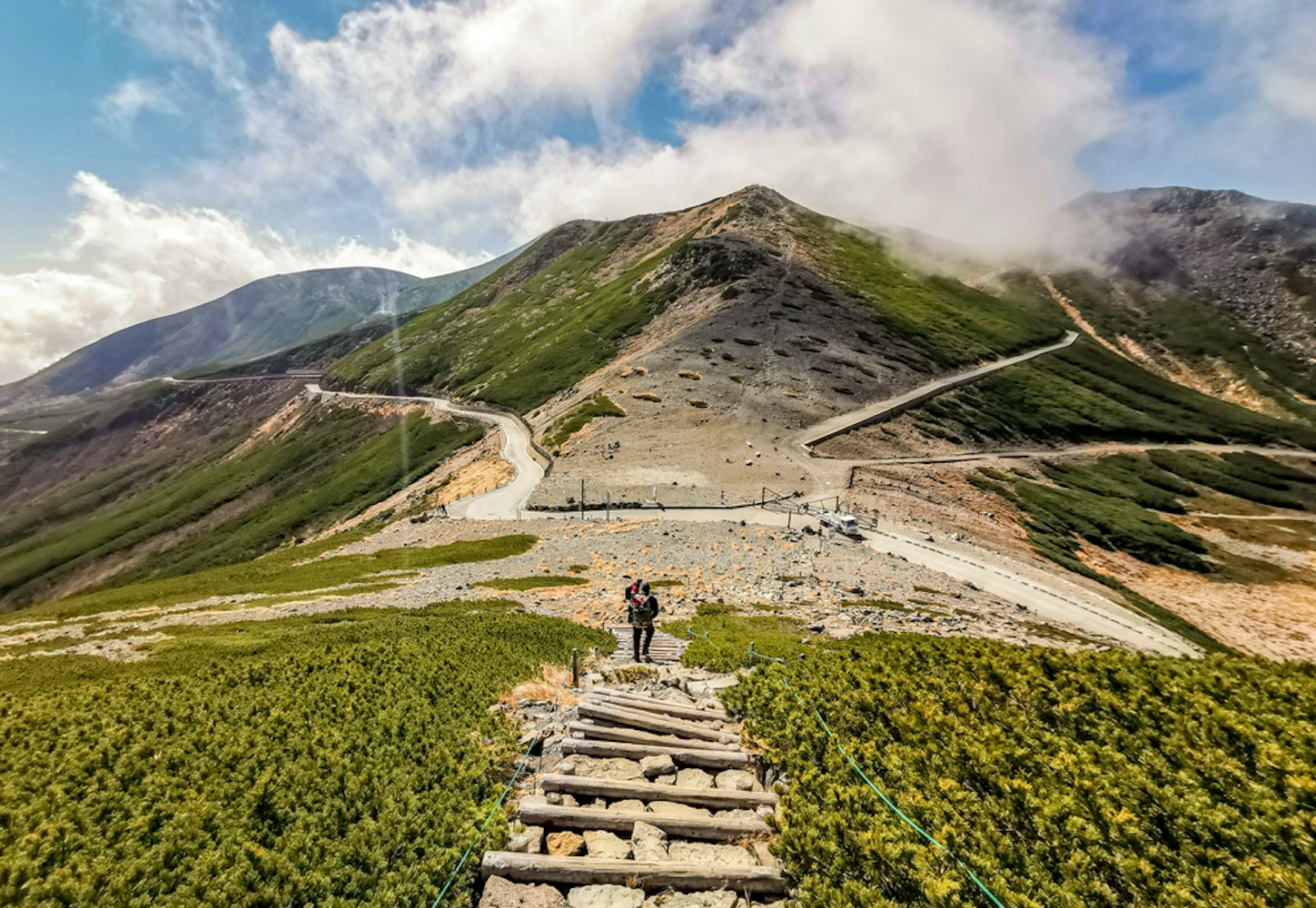
は、穏やかな自然散策が好きな人から、高山の厳しい登りを好む人まで、すべてのレベルに対応しています。整備された道は、青々とした森、劇的な尾根、火山の風景を通り抜け、ハイカーに湖や先述の山々、谷の息を飲むような景色を提供します。日本アルプスは、北アルプス、中央アルプス、南アルプスに分かれ、絵のように美しい上高地や険しい剣岳など、魅力的で報酬の多いハイキングが行える場所がいくつかあります。古代の鳥居を通り越すトレッキングや、霧のかかった杉の森、あるいは日本の最高峰に向かうそれぞれのトレイルは、この国の自然美のユニークな体験を提供します。日本のベストハイキングルート:
上高地エリア(北アルプス)
東京からバスでアクセスできます。剣岳(中央アルプス) – 日本の最も挑戦的な登頂の一つで、技術的なスキルを必要とします。
高尾山(東京近郊) – 短いが報酬の多いハイキングで、頂上には歴史的な鳥居があります。
熊野古道(和歌山) – 森と山を通る古代の巡礼路です。
屋久島(九州の小島) – 日本の最も古い樹木がいくつかあります。
日本の山脈でのロッククライミング日本の険しい山脈は素晴らしいロック
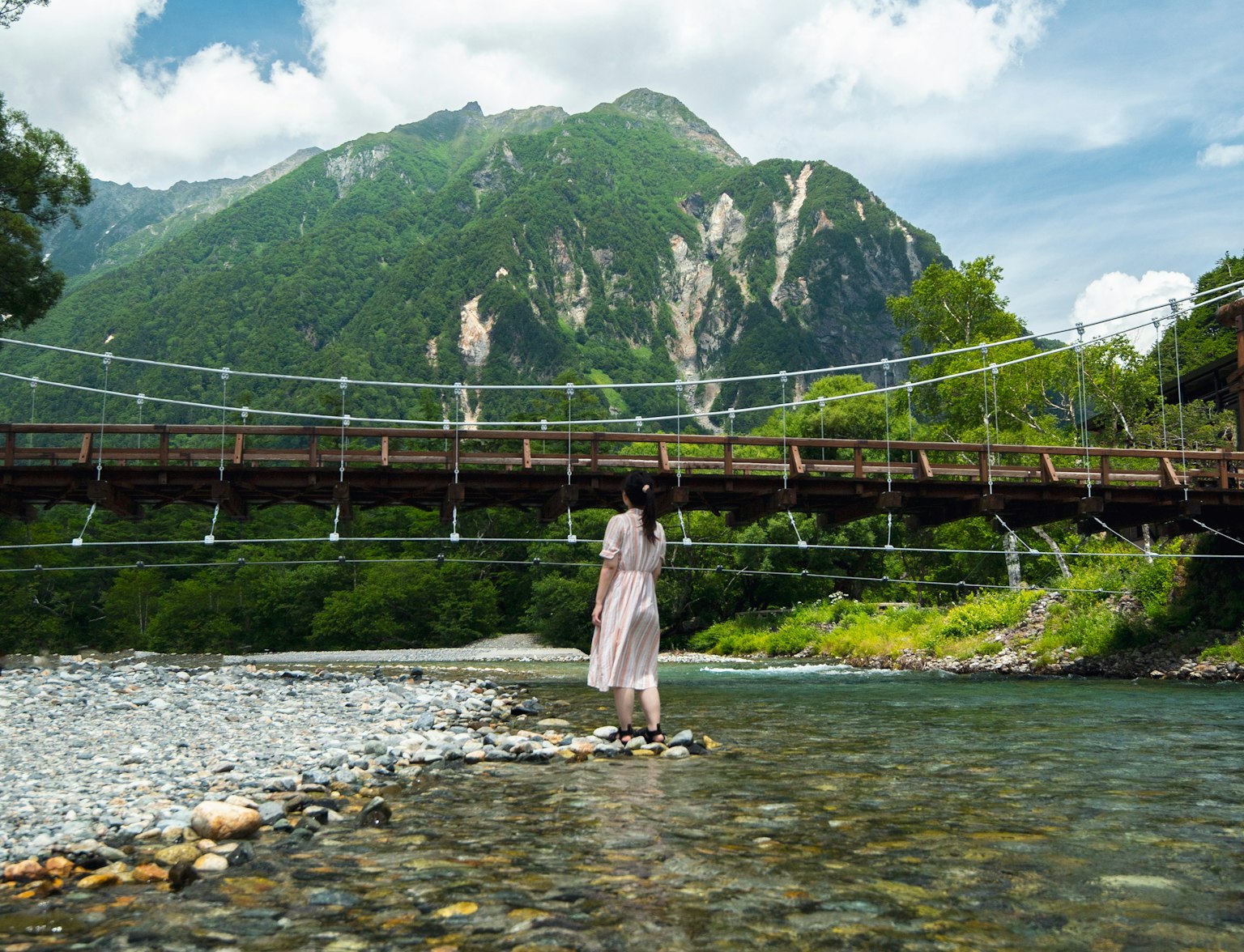
日本の主要な山岳リゾートの一つ、上高地でのエキサイティングな冒険に出発しよう。

クライミングの機会を提供し、初心者に優しい崖と極限のマルチピッチ登頂のミックスを提供します。剣岳の東と北や中央アルプスの花崗岩の崖は、急な壁、オーバーハング、クラッククライミングルートで、最も熟練したクライマーさえも挑戦します。これらの地域の多くは、世界的なクライミングホットスポットと比較して比較的混雑していないため、クライマーは手付かずの自然環境を楽しむことができます。大河山のそびえる壁や五前岩のテクニカルルートに挑戦する場合でも、日本の多様なクライミング地形はアドベンチャー愛好者にとって訪れるべきディスティネーションとなっています。日本のベストロッククライミングスポット:大河山(中央アルプス)
– 「日本のヨセミテ」として知られています。
– ボルダリングに最適なオプションです。五前岩(山梨)
– 経験豊富なクライマー向けの挑戦的なルートです。宝来(愛知)
– スポーツクライミングに理想的です。日本でのロッククライミングのヒント:
自分のギアを持参する:一部の地域では機材をレンタルできますが、自分のものを持っていくことでより良いフィット感を確保できます。
:雨の後、登り道が滑りやすくなることがあります。ガイドを雇う
:日本でのクライミングが初めての場合、地元のガイドが最適なルートを案内してくれます。基本的な日本語のフレーズを学ぶ
:一部の登山エリアはリモートで、英語が広く話されていないかもしれません。日本列島の上空をパラグライディング
日本の山々の上空を舞い上がり、すべての滑空で高くそびえる峰、エメラルドグリーンの森、曲がりくねった川の魅惑的なブレンドが明らかになります。日本でのパラグライディングは、雄大な
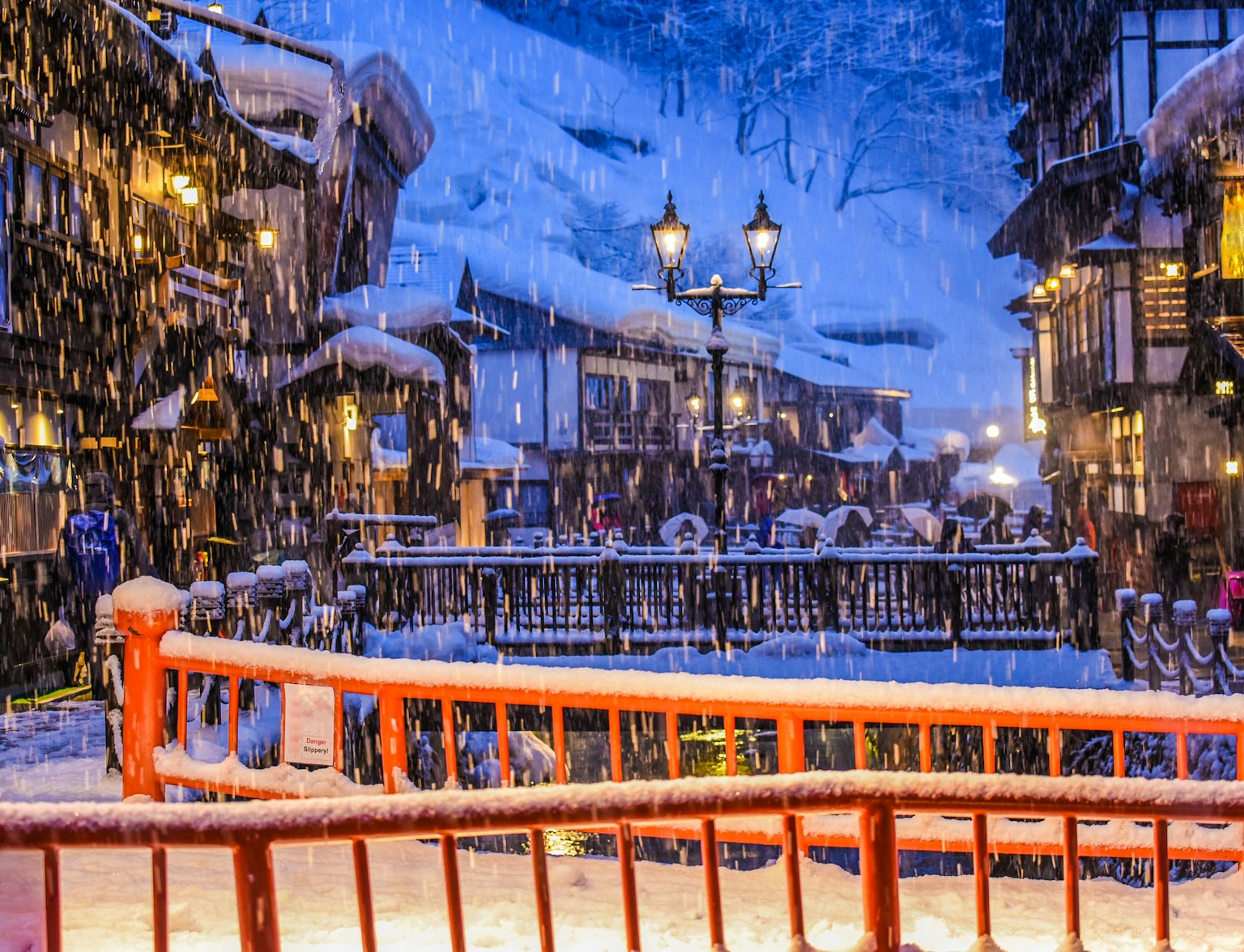
JR東日本パスで東北の驚異を探検しよう。
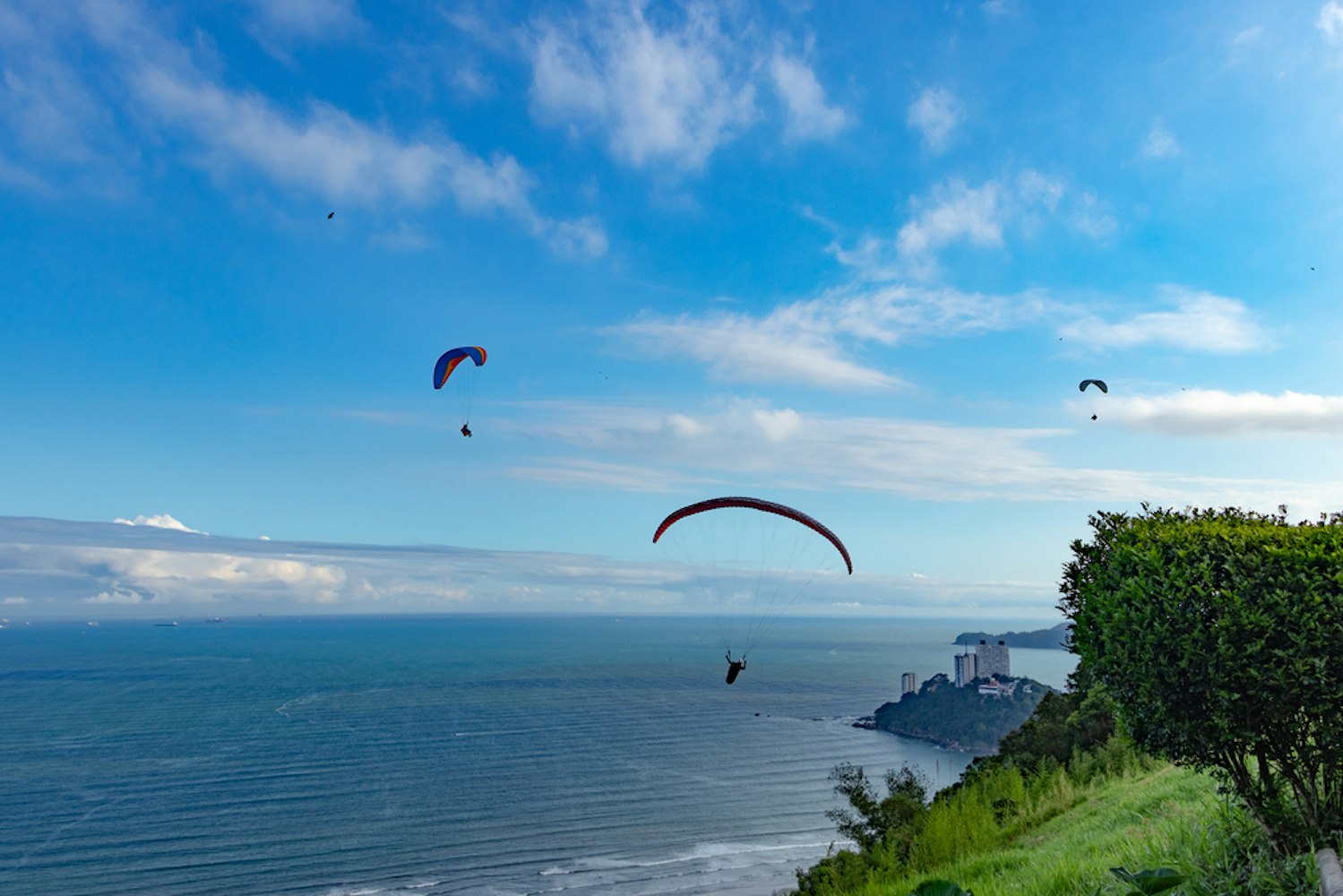
の最も高い峰の空中ビューを提供する、エキサイティングな体験です。富士山近くの朝霧高原などの特定のパラグライディング発進地点から、広大な風景を漂いつつ、下には輝く湖や古代のハイキングトレイル、リモートな国立公園の景色をとらえることができます。晴れた日の一部の沿岸パラグライディング地点(千葉の九十九里ビーチパークなど)は、太平洋の息を飲むようなパノラマビューを提供し、日本の険しい山々と深い青の海とのコントラストが他に類を見ない光景を生み出します。日本のベストパラグライディングスポット:
朝霧高原(富士山近く)
– 日本の最も有名な峰のアイコニックな景色。
– 活火山の上空を飛ぶ。白馬(北アルプス)
– 夏のパラグライディングに最適。飛騨山脈(中央アルプス)
– 日本アルプスの上空を飛ぶ美しいフライト。日本アルプスでのサイクリングとマウンテンバイク
二輪を好む冒険愛好家のために、日本はすべてのレベルのサイクリストに対応するスリリングなサイクリングルートを提供しています。北アルプスでは、
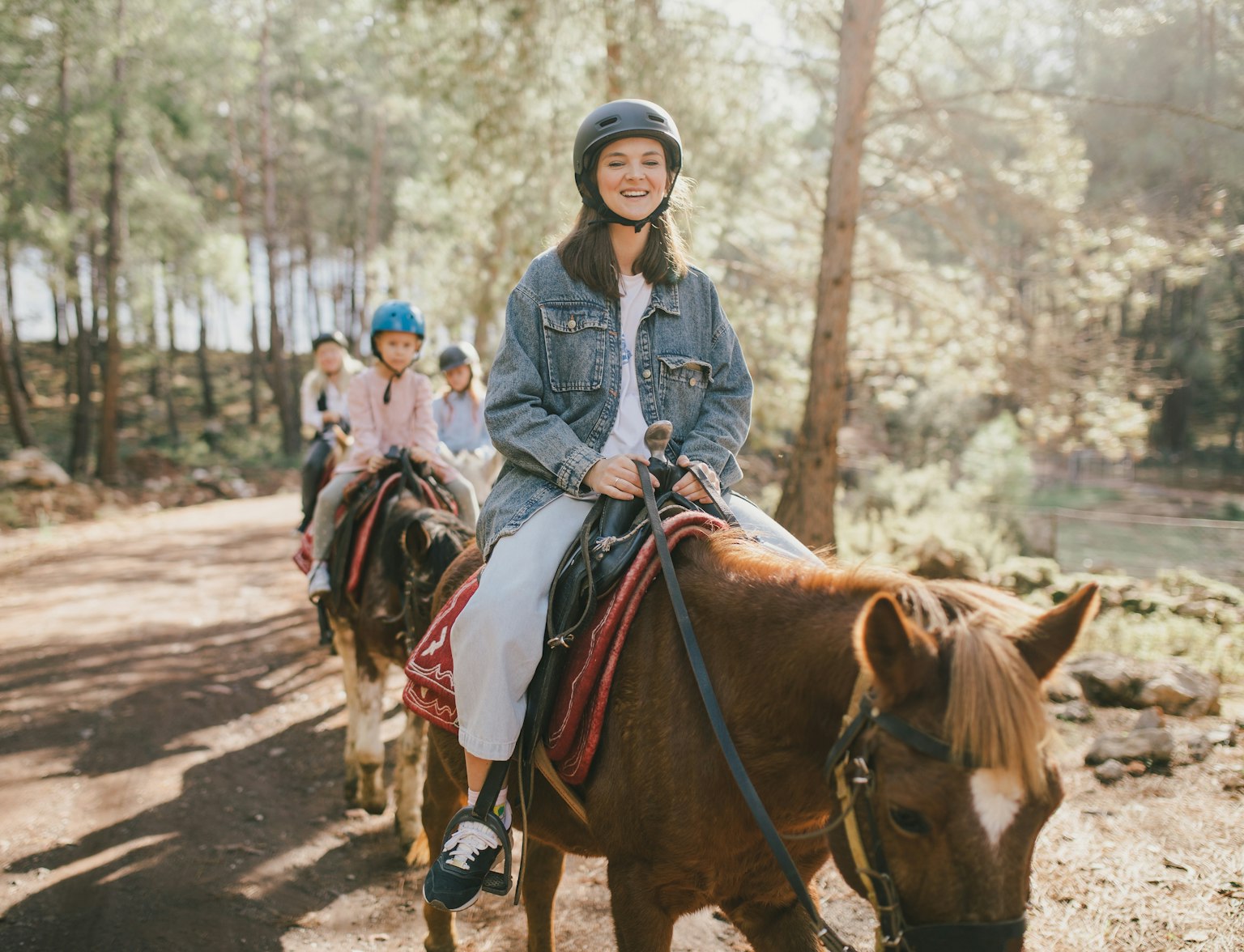
エル・パティオ・ランチで変革の旅に出かけましょう。
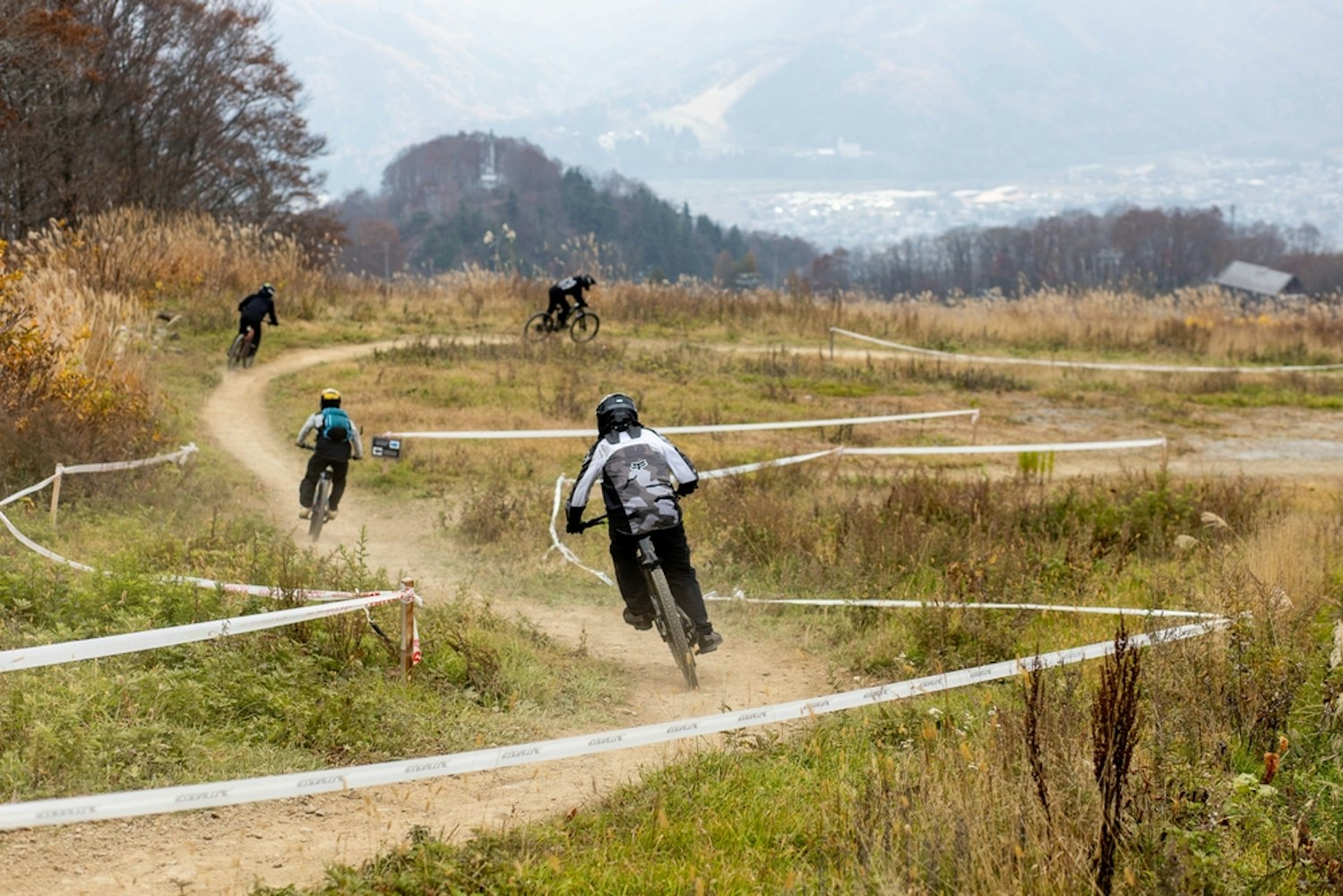
がその ruggedなマウンテンバイキングトレイルで有名で、サイクリストは急な上り坂をナビゲートし、壮大なアルプスの景色を楽しむことができます。一方、しまなみ海道は、美しい橋を渡りながら日本列島を繋ぐ息を呑むようなサイクリングルートで、瀬戸内海のパノラマビューを楽しめます。途中、サイクリストは日本の最高の歴史的城や村を探検できるため、保存状態の良い高山の旧市街や壮大な松本城など、文化体験や日本の豊かな遺産と魅力を深く味わうことができます。日本のベストサイクリング & マウンテンバイクルート:白馬バレー(北アルプス)
– ダウンヒルバイキングに最適。
– 島々を横断する有名なサイクリング道路。乗鞍スカイライン(中央アルプス)
– 自動車のない日本一高い舗装道路。阿蘇ループ(九州)
– 活火山の周りをサイクリング。日本でのサイクリングのヒント:
地元で自転車をレンタルする:多くの地域には自転車レンタルショップがあります。
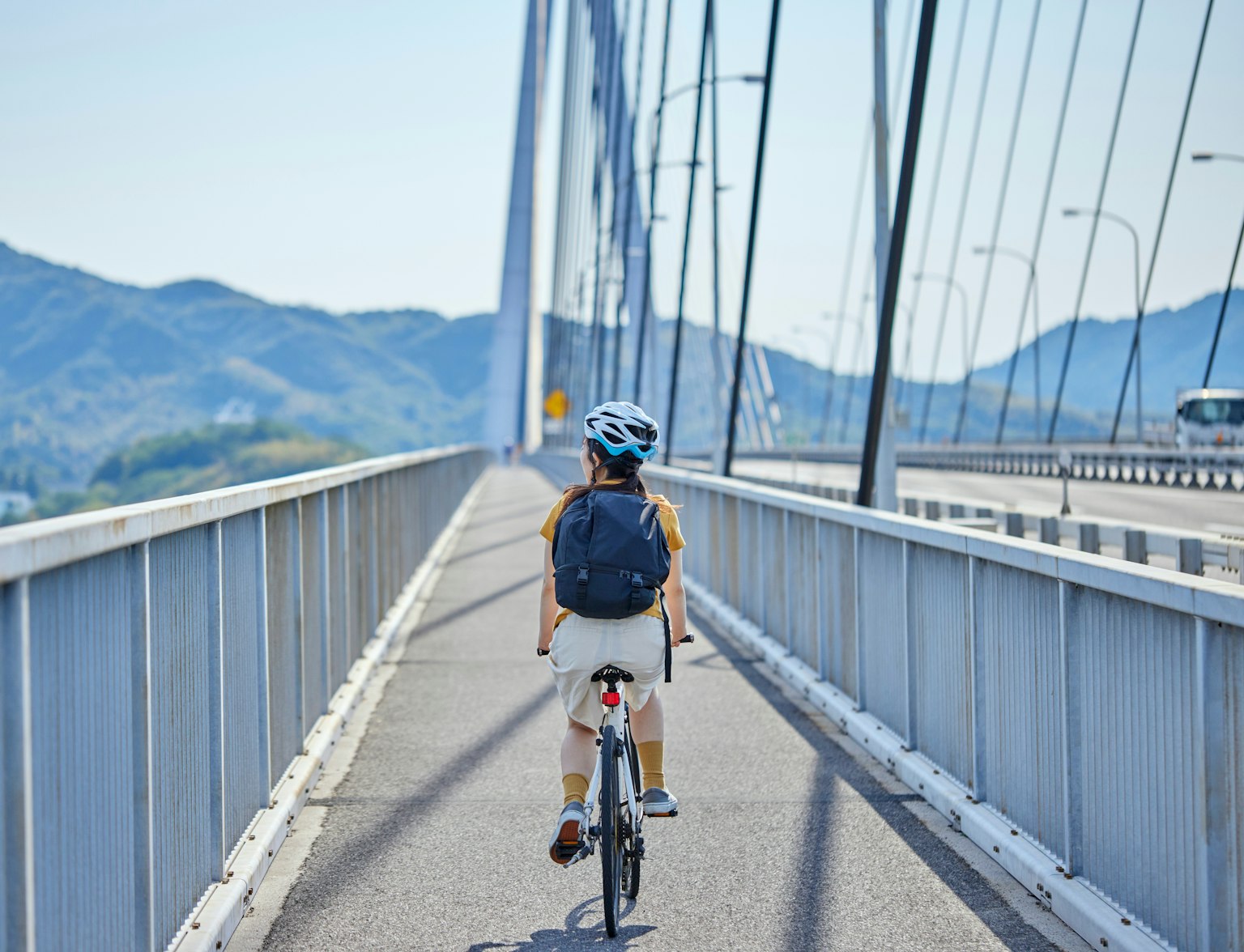
75キロメートルのガイド付きサイクリングツアーで、風光明媚なしまなみ海道を体験してください。
:特に夏は気温が上がることがあります。交通ルールを守る
:日本では自転車に厳しい法律があるため、利用可能な場合は自転車レーンを使いましょう。ルートを計画する
:一部の山道は非常に急な場合があります。日本の山々のスリルを楽しむ
日本の山々は冒険スポーツ愛好家の天国です。雪のスロープを滑り降り、森をハイキングし、崖を登り、川を下り、空を飛ぶなど、楽しめる刺激的なアクティビティは無限にあります。それぞれのスポーツは、日本の美しさと文化を体験するユニークな方法を提供し、他に類を見ないデスティネーションとなっています。それでは、何を待っていますか?荷物を詰めて、冒険装備を身につけて、日本の山々で忘れられない体験に備えましょう。
The Japanese mountains are a paradise for adventure sports lovers. Whether you’re skiing down snowy slopes, hiking through forests, climbing cliffs, rafting down rivers, or flying through the sky, there’s no shortage of exciting activities to try. Each sport offers a unique way to experience the beauty and culture of Japan, making it a destination like no other.
So, what are you waiting for? Pack your bags, put on your adventure gear, and get ready for an unforgettable experience in the Japanese mountains.



